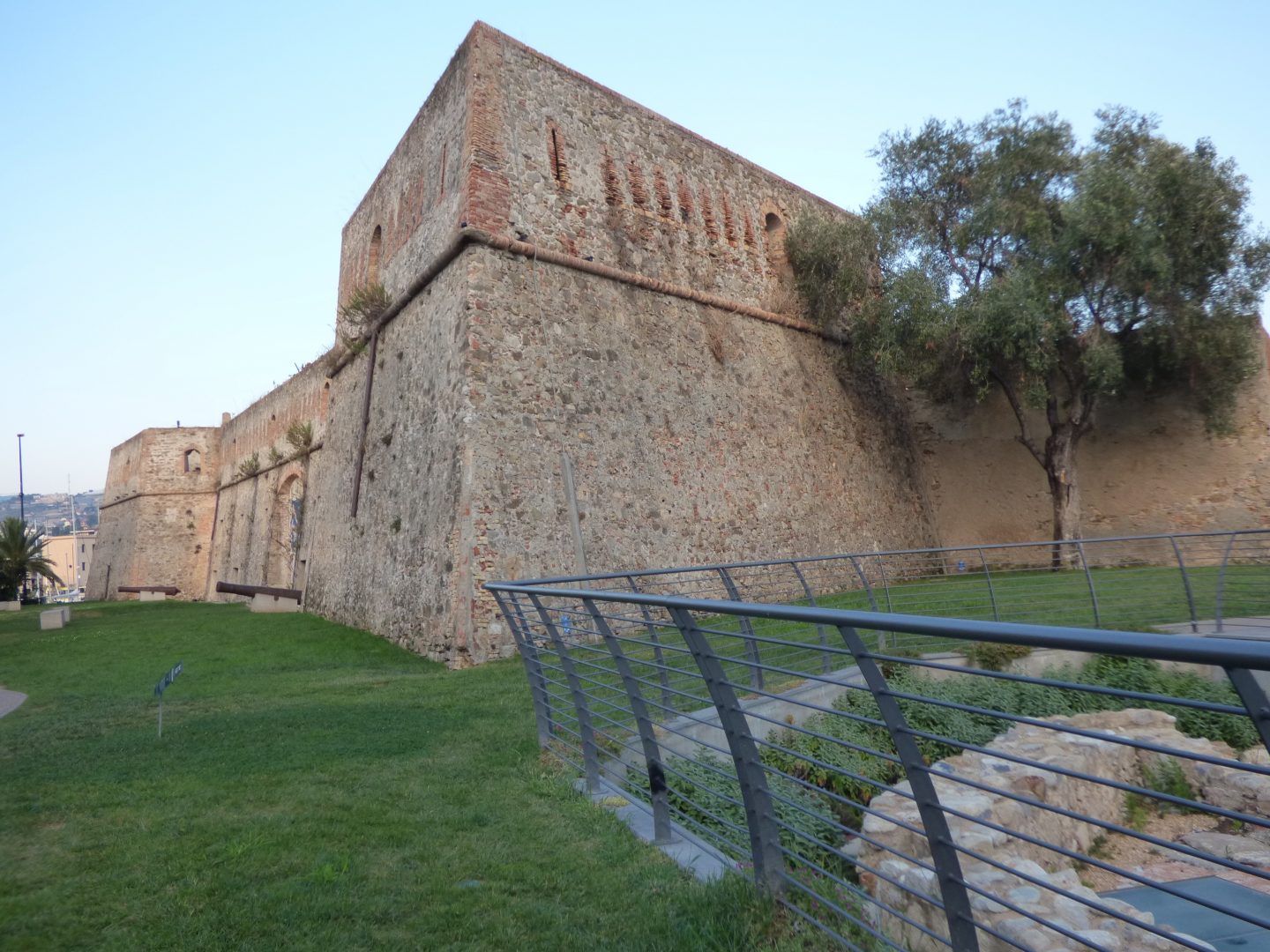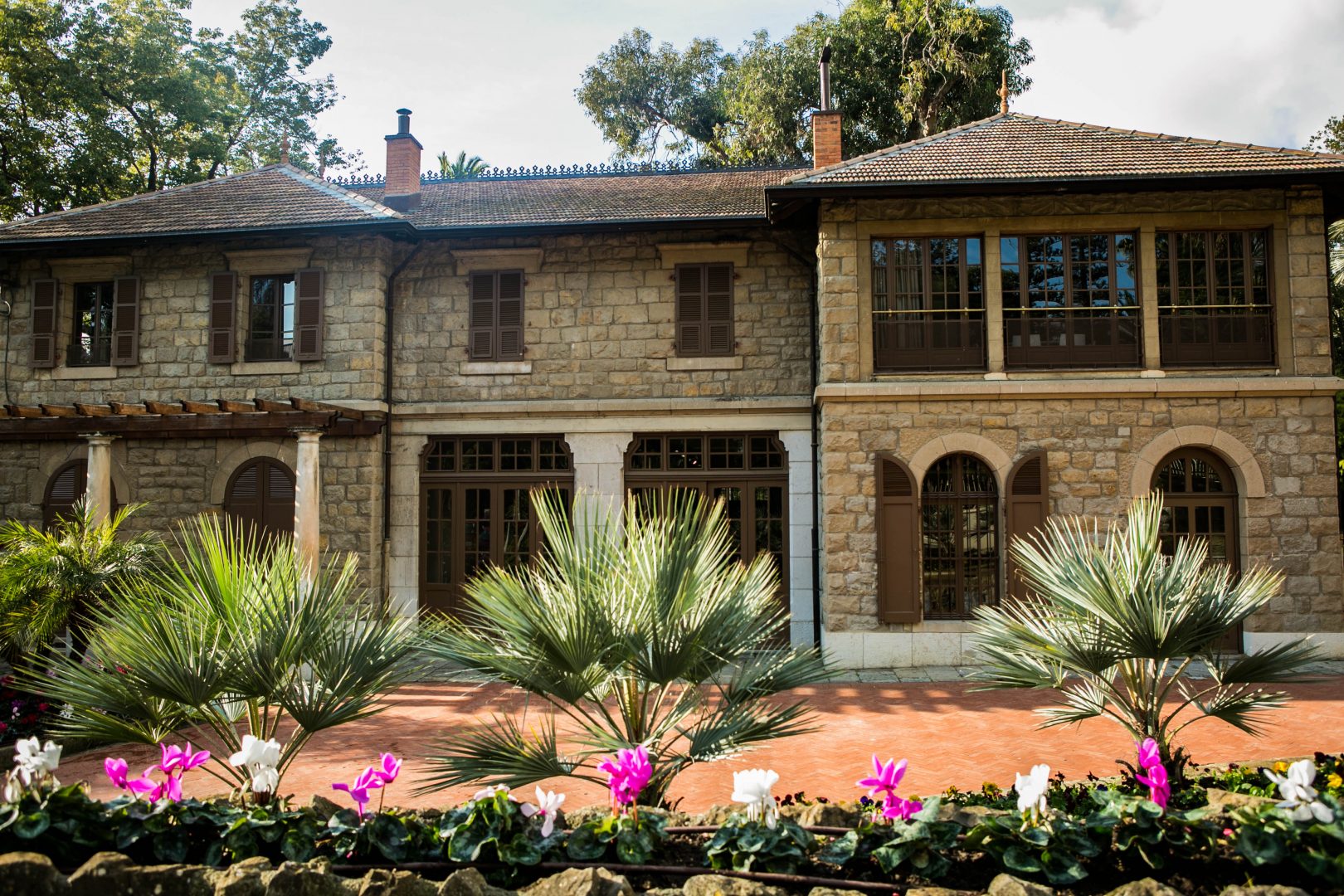Sanremo is a coastal city in northwestern Italy. Its green spaces include the Villa Ormond, with a Japanese garden, palm trees, and olive groves.
Sanremo is a coastal town in northwestern Italy. Its green areas include Villa Ormond Park, with a Japanese garden, palm trees, and ancient olive groves. Set in an elegant Art Nouveau building, the old Casinò di Sanremo includes a theater. Within walking distance, the Russian Church has 5 onion domes.
1. Villa Ormond Park

The park is characterized by rich exotic vegetation where the dominant architectural feature is an old stone fountain with cherubs. The most significant plants are grouped in the prestigious Palmetum where excel two groups of Phoenix bowed palm trees of considerable size. The Land Registry “Napoleon” of 1812 had identified the land now included in Ormond’s largest park destined to citrus and olive groves, but there were already palms of the Phoenix dactylifera species. In the Villa Ormond Park, you can also admire the famous Japanese garden, the result of the twinning that unites the city of Sanremo the city of Atami.
2. Casinò di Sanremo

Sanremo Casino, officially named Casinò Municipale di Sanremo is a gambling and entertainment complex located in Sanremo, on the Italian Riviera. The Casino’s building was designed by French architect Eugène Ferret, opening 12 January 1905. Seven different projects were submitted, resulting in the victory of Ferret, who adhered to the Art Nouveau movement, so much in vogue in France back then. Ferret was also to be the first manager of the proper gaming activities by an agreement signed on 5 November 1903.
3. Russian Orthodox Church

The idea of building a Russian church belongs to Tsarina Maria Alexandrovna who wanted to place it at the beginning of the avenue dedicated to her; in 1890, the Grand Duke Sergei Michailovich, who also lived in San Remo, supported the project and formed, in 1910, the “Committee for the church construction” with a special decree of Emperor Nicholas II, who did not only authorize the collection of funds for the building, but it was one of the main benefactors and donors. Count Cheremetiev, a resident of San Remo, was appointed chairman of the committee, assisted by Count Talevič.
4. Forte Santa Tecla

Forte Santa Tecla is an imposing structure located on the old port of Sanremo. It was built in the years 1755-56 on the disposition of the Republic of Genoa to “keep the Sanremo proper” following the popular uprising of 1753 triggered by the decision of Genoa to separate Sanremo from Colla.
The fort, with a triangular plan and bastion on the summits, is a typical example of eighteenth-century military architecture, one of the few remaining intact on the Ligurian coast. It is spread over three floors, with the firepower of 16 pieces of artillery, arranged on frontal bulwarks and another 5 smaller ones on the rear bastion. It was destined to host a military contingent formed by two companies of 40 men each.
5. Floriseum – Museo Del Fiore – Flower Museum

Floriseum Flower Museum in Sanremo has been opened since April 2017 as an exhibit and a research center, with ancient photos and tools and ultramodern digital screens to lead visitors through exotic plants, beautiful flowers, colors, and scents.
